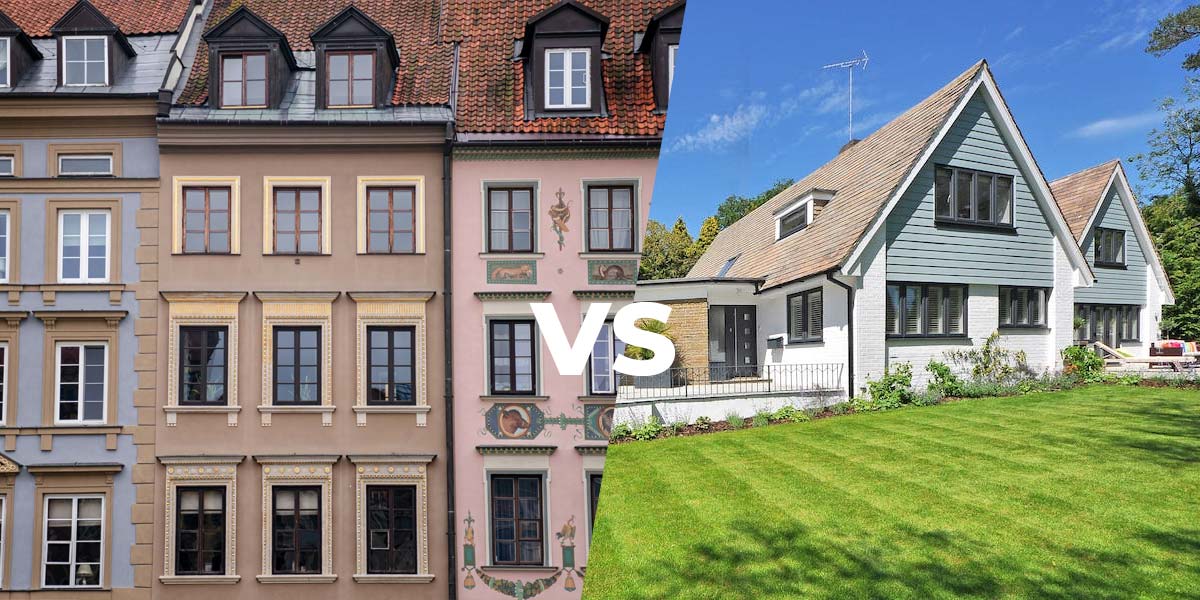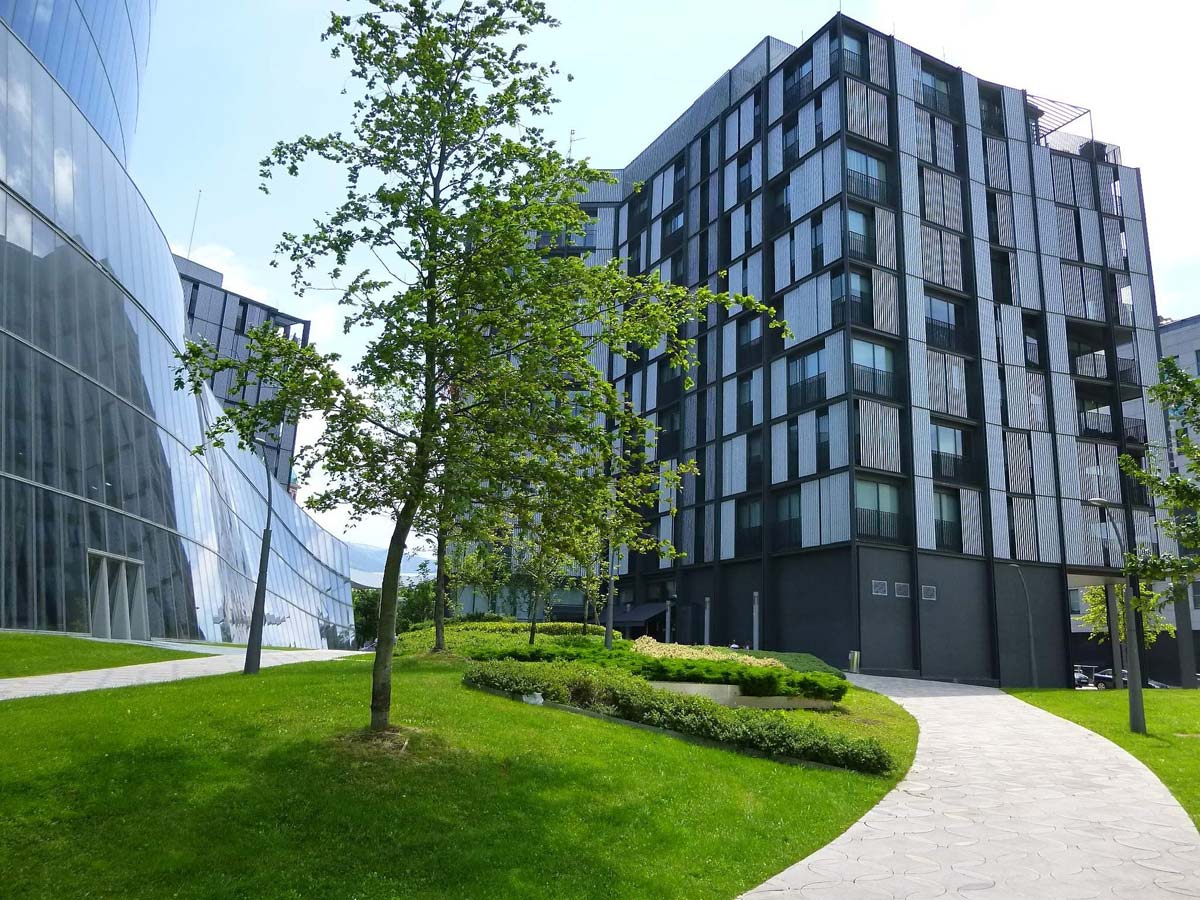What does 5% return mean? Real estate, Capital investment, Positive 🆚 Negative cash flow
What does 5% return mean? – The world of finance and investing can often be confusing for beginners, especially when it comes to terms like “yield.” In this videos plus article, we’ll take an in-depth look at the concept of 5% return and why it’s valued differently in different asset classes. This is how high the return must be “at a minimum” if you want to make money right away in the first month of renting.
5% return: All 3 themes in 1 video
What does 5% yield mean? Why is a 5% return too low if you want a cash flow property? And why is 5% yield good again for an investment property?
What is return on investment?
Return is a term often used in connection with investments. It refers to the profit or potential return that an investment provides in relation to the capital invested. Return can come in various forms, including interest, dividends, rental income or capital gains.
A return of 5% means that an investment has generated a profit of 5% of the invested capital in a certain period of time. Sounds simple, doesn’t it? But the meaning of that 5% can vary significantly depending on the type of investment. Let’s take a closer look.
Why do you need more than a 5% return?
The question of whether 5% return is enough depends on your financial goals and risk tolerance. If you are looking for stable income and immediate cash flow, 5% might not be enough to cover costs and make a profit in some cases. In this case, you would need to look for investments that offer a higher return.
On the other hand, 5% return might be quite acceptable for long-term investors aiming at capital gain. However, it is important to consider individual circumstances and long-term goals.
Why is 5% bad for cash flow properties?
In the world of real estate investing, the term “cash flow” is crucial. Cash flow refers to the rental income that is left over after deducting ongoing operating expenses and mortgage payments. If you own a property and only get a 5% return, that means you’re making a relatively small profit after deducting costs and expenses.
Such cash flow can be considered poor in many real estate markets, especially if mortgage, maintenance and tax costs are high. In expensive real estate markets, it can be difficult to be profitable with a 5% return, as the cost of capital can exceed income.
Here is a video that further explains this concept:
[Video: Warum sind 5% bei Cashflow-Immobilien schlecht?]
Why is 5% almost good again for investment real estate?
On the other side of the spectrum, we have investment real estate. This type of property is often purchased with the goal of achieving long-term capital growth. If you buy a property and are able to generate a 5% return, this can be considered a solid investment.
Why? Because investment real estate is designed for capital gain. A 5% return could mean that the value of your property will increase over time, ultimately leading to a higher total return. It’s important to note that investment properties are typically geared toward long-term gains, while cash flow properties are geared toward regular income.
Watch this video to understand why 5% returns on investment real estate can be a good thing:
[Video: Warum sind 5% bei Investment-Immobilien fast schon wieder gut?]
Conclusion
The importance of 5% return depends heavily on the type of investment and individual goals. In the world of real estate investing, cash flow properties are focused on regular income and may require a higher rate of return to be profitable. Investment properties, on the other hand, can benefit from a 5% return as a solid long-term investment.
It is important to consider your own financial goals and risk tolerance when making investment decisions. Ultimately, return is only one factor of many that should be considered when choosing investments.













